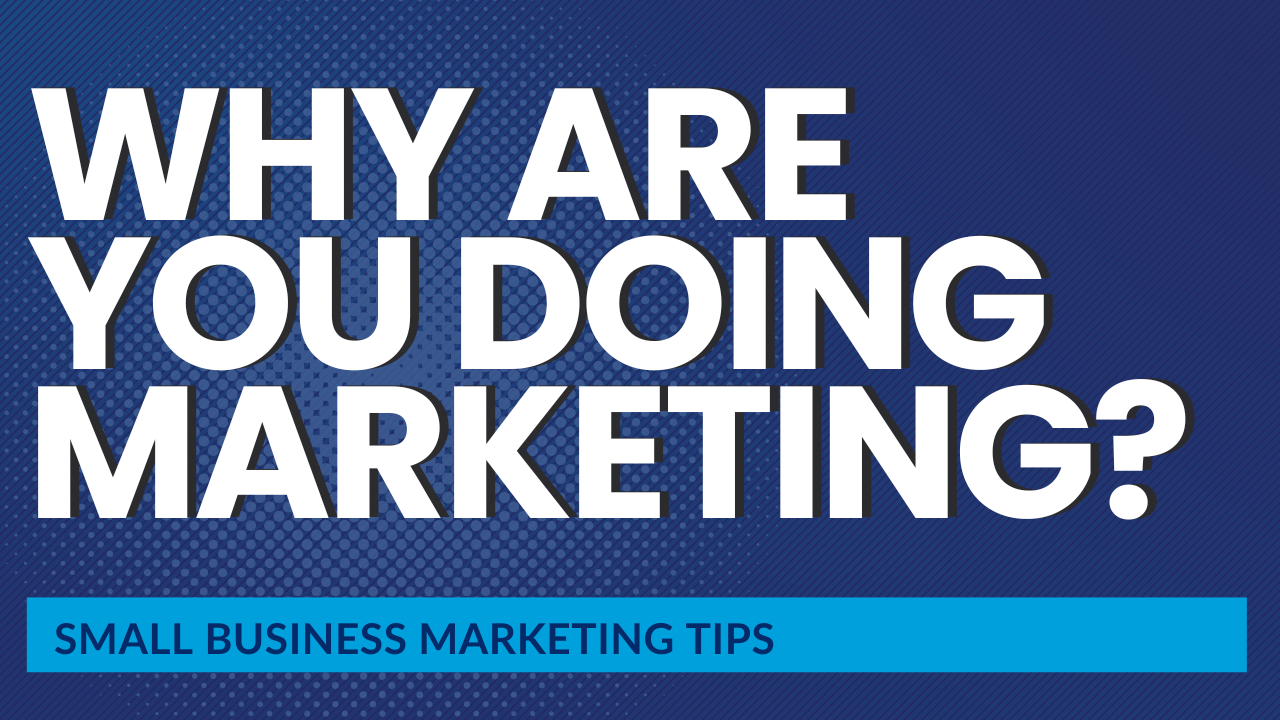How to use visual elements in marketing to transform viewers into engaged customers
Ever wonder why some ads, homepage banners or video thumbnails stop you in your tracks, while others you scroll past without a second glance? Today, we're uncovering one secret behind this marketing magic — eye flow.
Think of your marketing materials as a bustling city street. Pedestrians follow pathways and signs. And, similarly, your audience's gaze is and should be directed by your design elements.
Mastering eye flow is key to capturing attention, driving your message home and getting people to take the next step.
In the next few minutes, I'll share some tips on how to arrange visual elements to keep your audience engaged from start to finish. So, if you're ready to learn some marketing magic, keep reading. And let's dive in.
Using faces in marketing
Faces draw our attention. They resonate with us on a human level. They are proven to draw us into the content, often creating an emotional bond.
Consider these two thumbnails. See how adding a face creates more interest and grabs your attention?
It's also instinctive for us to follow the gaze of others. By placing faces in your designs, you can capture someone's interest. And steer your audience's attention exactly where you want it.
Your audience will look where the eyes are pointed. Take a look at the above image and then the image below. Do you see the importance of directing the eyes toward the message or an element you want people to see?
In the first example, your eyes naturally look at the message on the left. In the second example, you have to force your eyes not to look left and, instead, focus on the text on the right. When using faces, be sure the eyes are looking straight forward or at an element you want people to see or read.
Using body position as a directional cue
Just as we subconsciously follow where others are looking, you can also use directional cues like arrow, body position or gestures to highlight key information or calls to action.
Subtle cues such as the angle of the body or more dramatic cues such as pointed fingers or arrows can significantly enhance the clarity and impact of your visuals.
Take a look at the images below. Pay attention to which ones seem more natural. And where your eyes fight to focus on the message.
When the body angle is pointed to the left, your eye naturally wants to look towards the left. This creates a disjointed experience when copy is placed to the right of the image. It's not easy or natural to read the copy when a person's back is turned towards it.
The goal when using visual elements
Your goal is to use visual elements to create an experience that feels natural and intuitive. From a thumbnail that piques interest toa banner that drives conversions, the positioning of every element plays a part in creating either a smooth or chaotic visual experience.
Remember, effective design guides your audience's eyes and keeps them focused on your message. So, use strategic imagery and directional cues to make your marketing materials not just seen, but truly noticed.
Feel stuck when it comes to marketing your business? Don't know what to change to get better results? Book a Strategy Session today.





